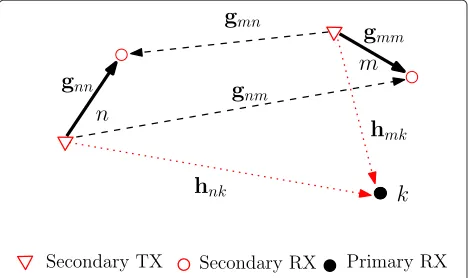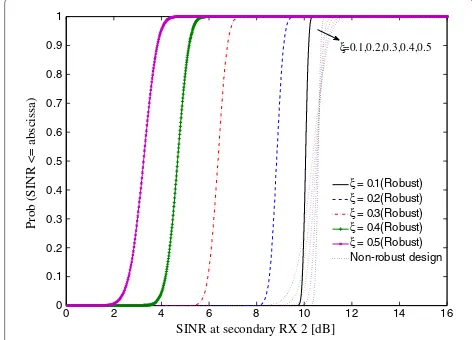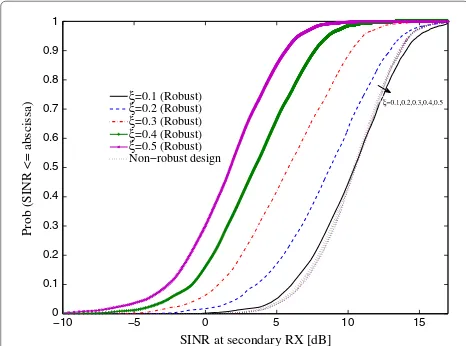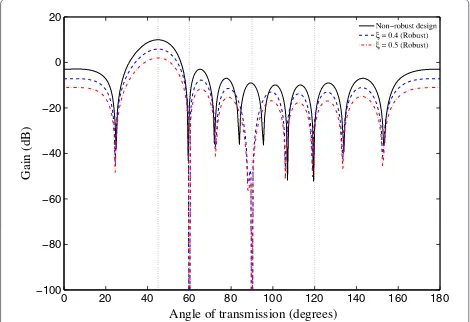A robust beamformer design for underlay cognitive radio networks using worst case optimization
Full text
Figure




Related documents
The impact of HIV/AIDS on growth rates of life expectancy is calculated as the difference in growth rates between the estim ates of actual life expectancy and the
For my research thesis I am hoping to conduct a piece of action research into using solution focussed therapeutic approaches with children with learning difficulties. I am writing
Furthermore, it can explain why “government contracts with nonprofits often include as a standard feature pricing be low cost (Miller, 2006).” The results also
examined to explore the influence of the family context on the child’s adaptation to primary school (Cowan, Cowan, Ablow, Johnson, & Measelle, 2013) but the actual experience
The purpose of this qualitative study was to explore the major areas of psychosocial concerns, individual anxieties and coping responses for fathers with
We show that when participants perform a whole body spatial position task, LA/RC stimulation induces a relative spatial bias towards left space which results in
Reflective Practice in the Context of School Placements in a PGCE Course Both types of reflection, reflection-in-action and reflection-on-action, are used in the PGCE course and
‘Constraint’, which explores how children experience the constraint associated with coercive control in situations of domestic violence, and c) ‘Children as agents’ which